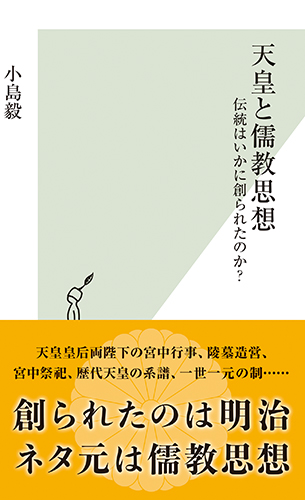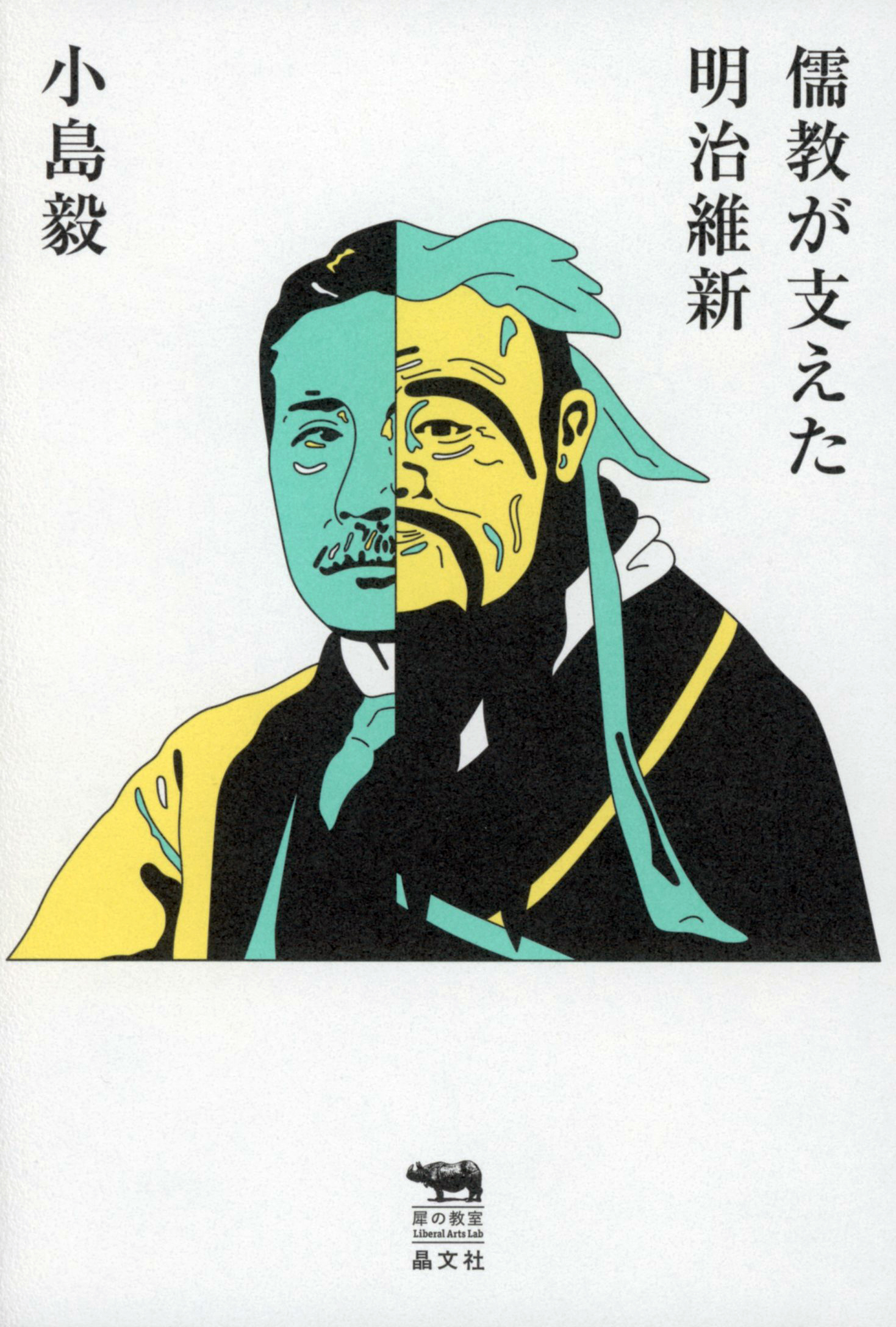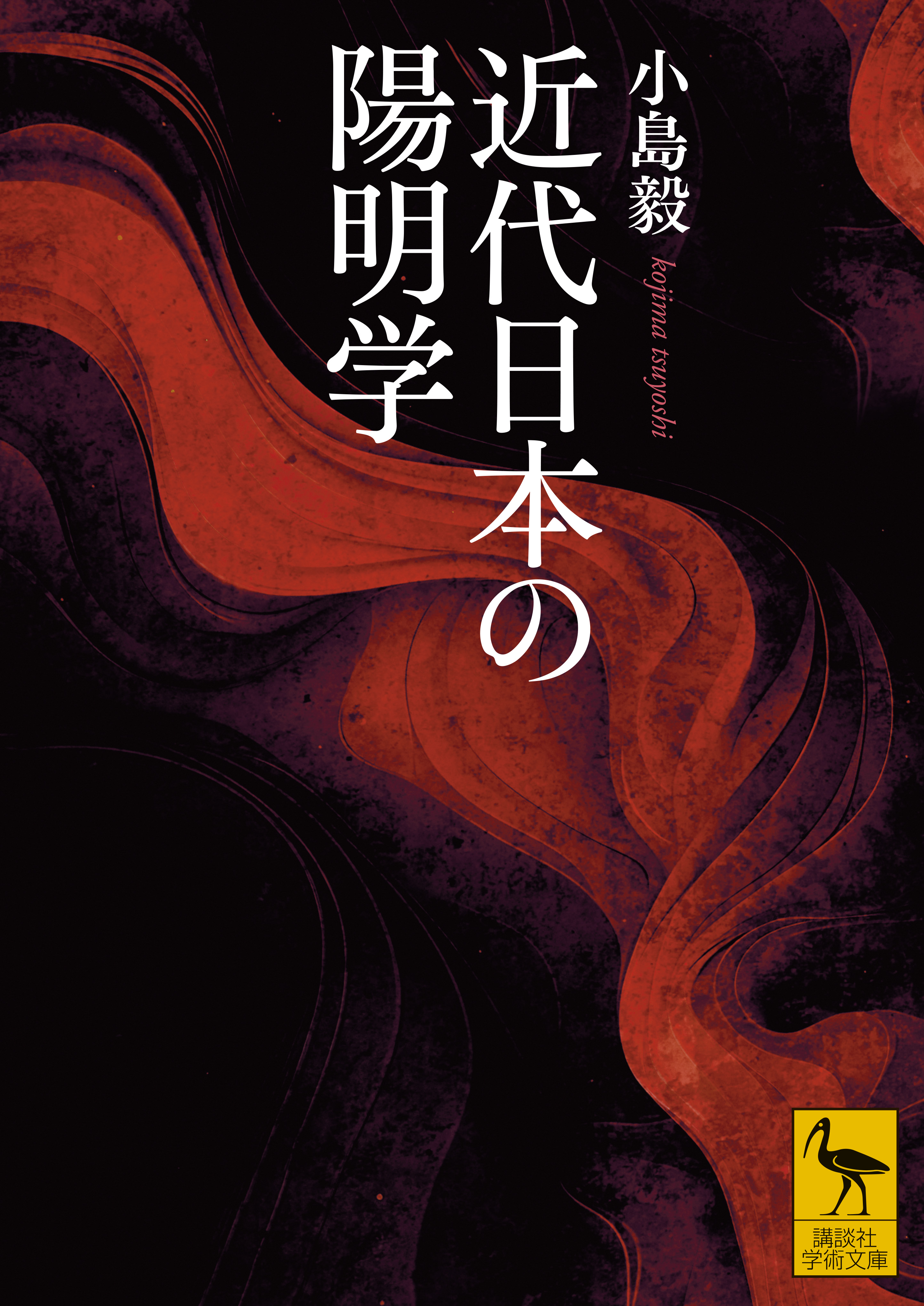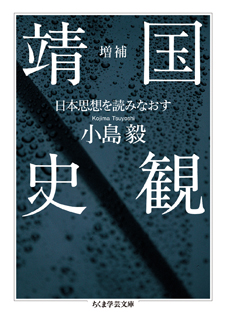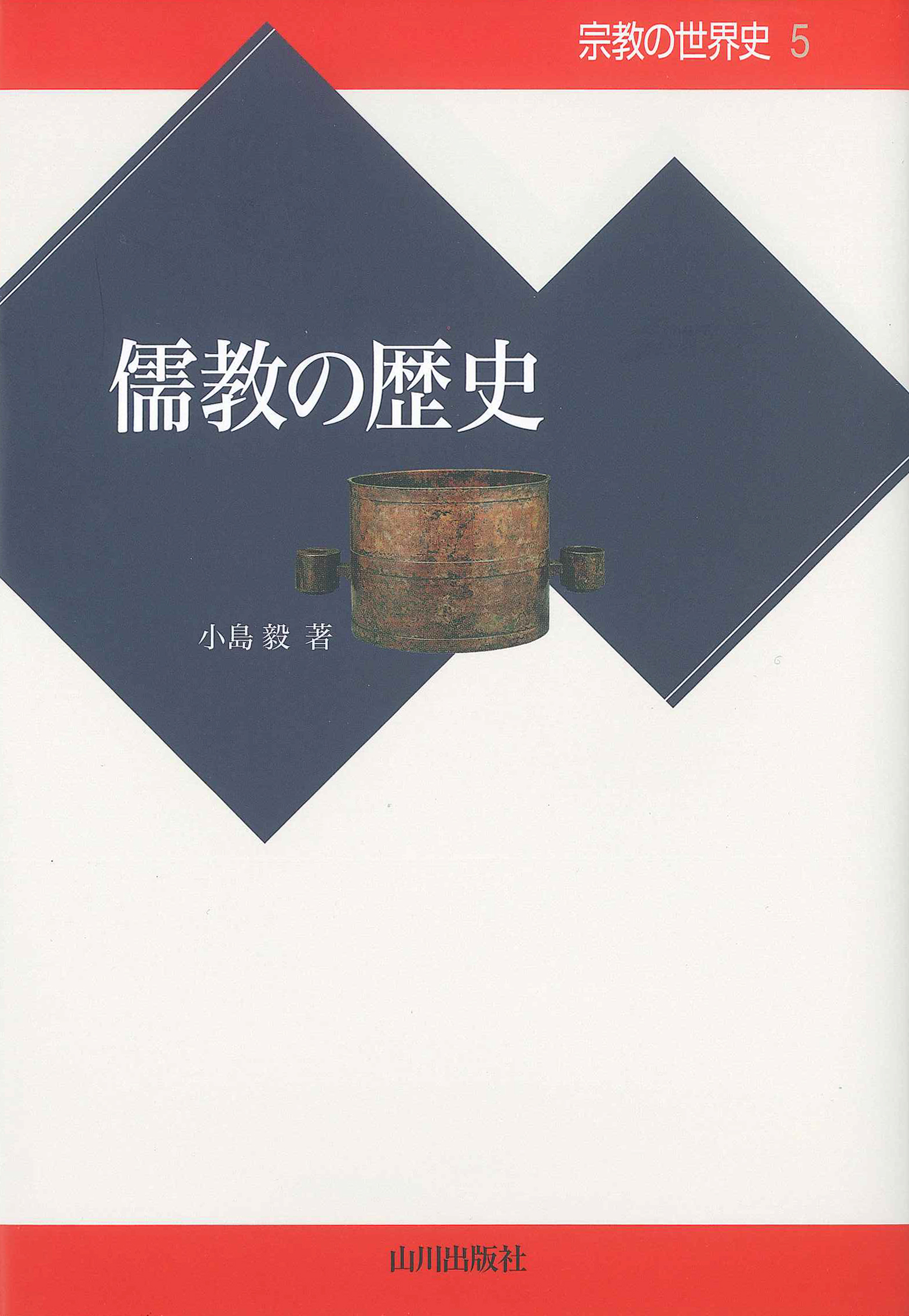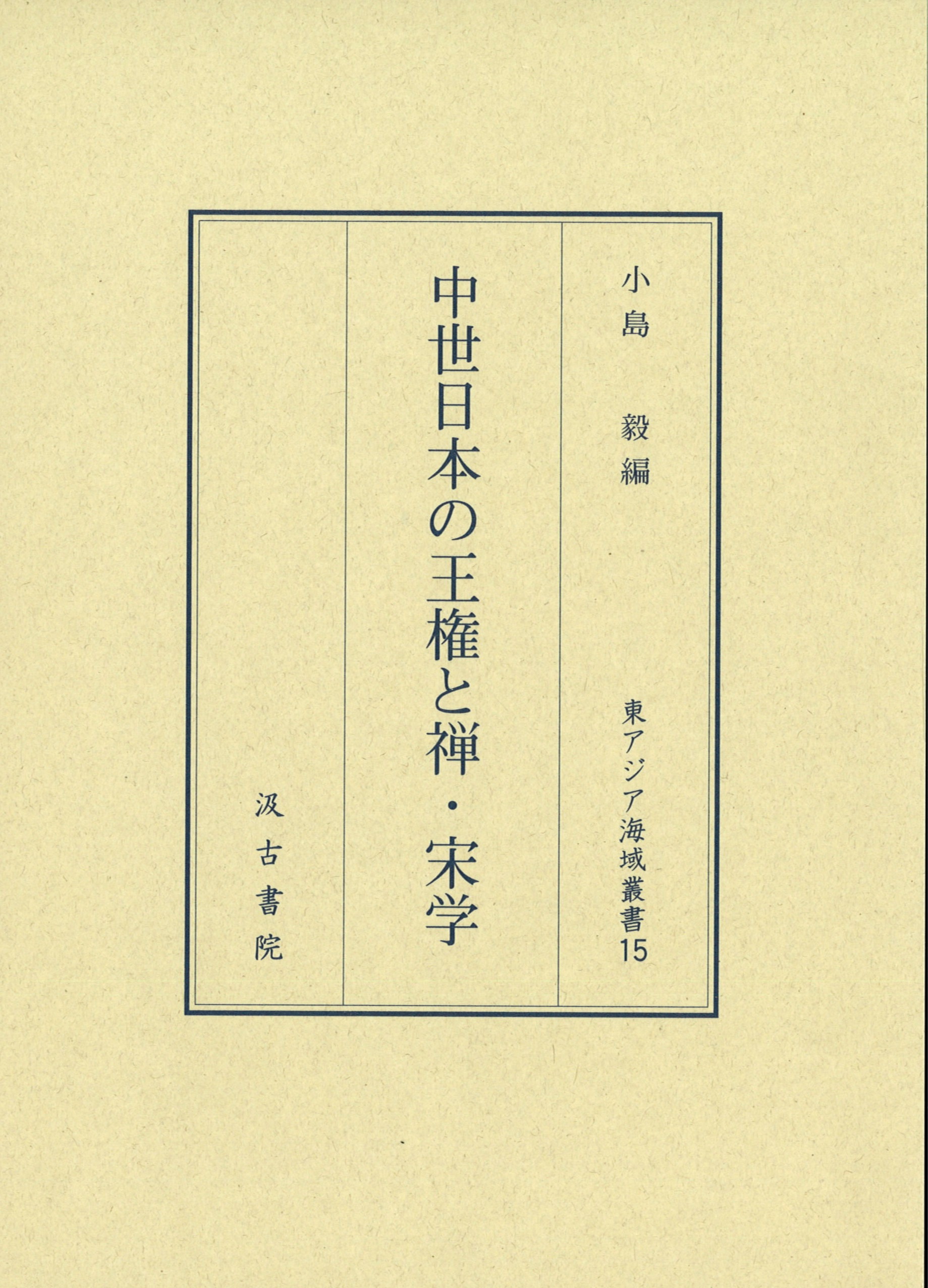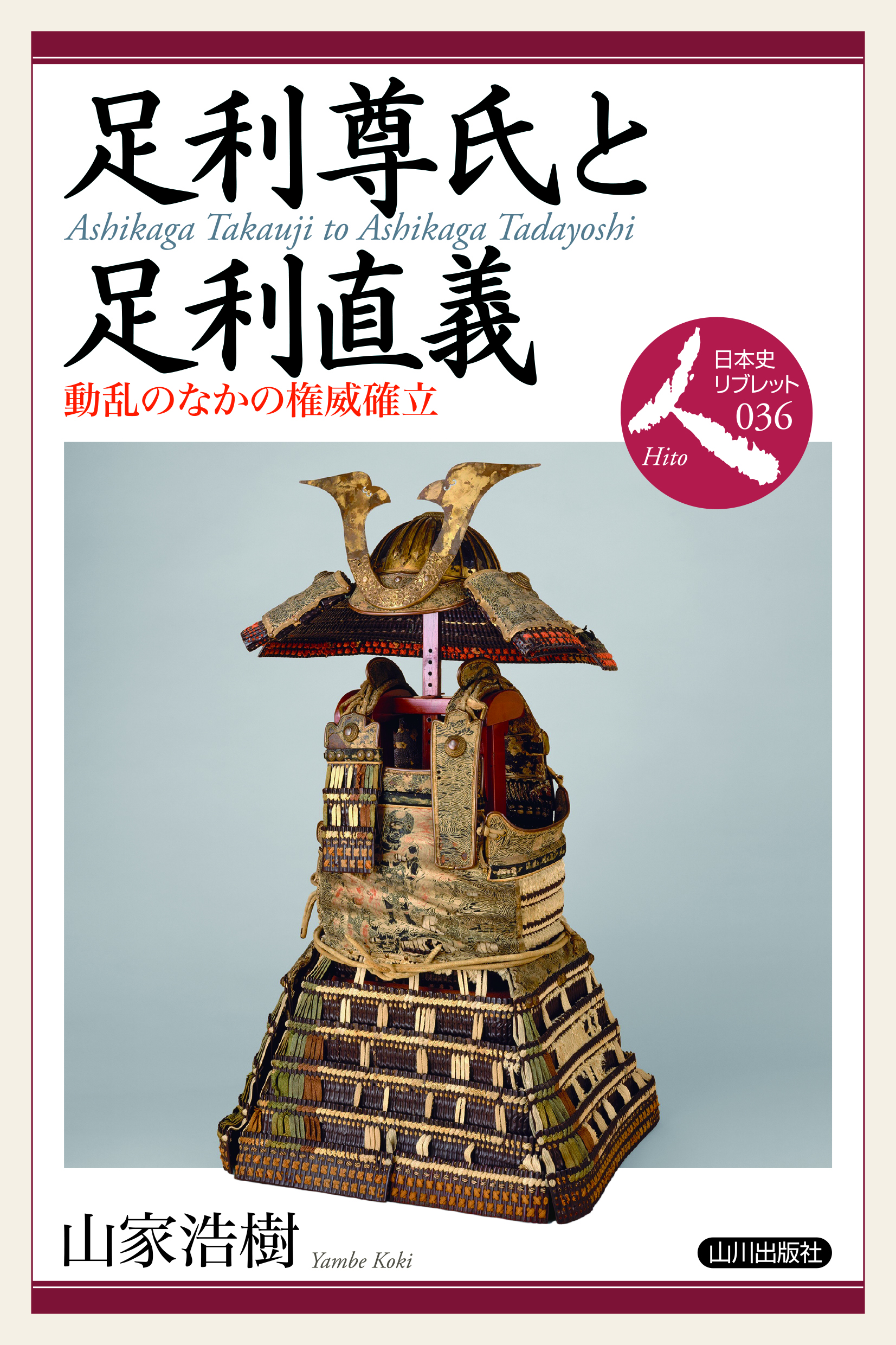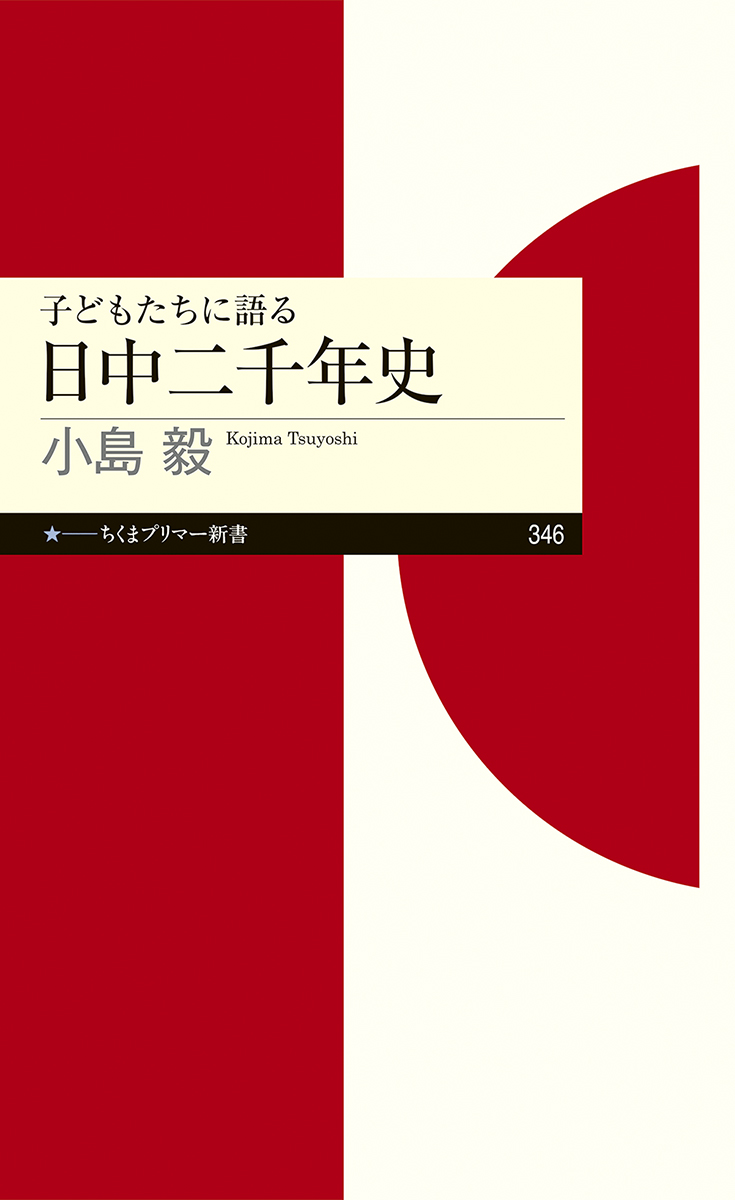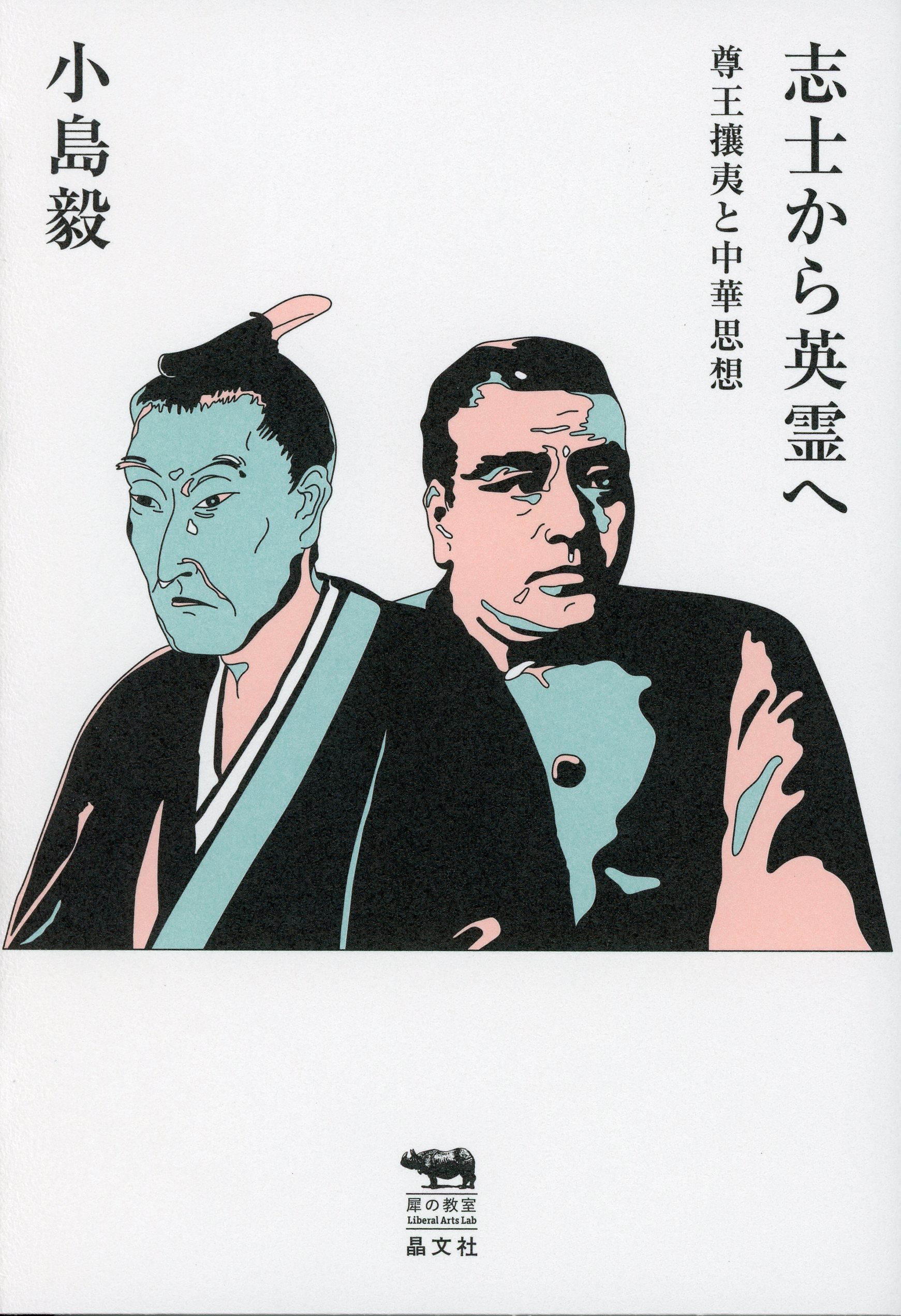
Title
Liberal Arts Lab Shishi kara Eirei e (From Men of High Purpose to Spirits of the War Dead: Sinocentric Thought and the Campaign to Restore the Emperor and Expel Foreigners)
Size
258 pages, 127x188mm, softcover
Language
Japanese
Released
June, 2018
ISBN
978-4-7949-7036-7
Published by
Shobunsha
Book Info
See Book Availability at Library
Japanese Page
This book is a sister volume to my Confucianism and the Meiji Restoration, and it similarly brings together some of my previously published essays, although it also includes some newly written material.
The overall underlying aim of this book is to describe the philosophical background to the process whereby men referred to as “men of high purpose” (shishi) in the late Edo period came to be enshrined at Yasukuni Shrine as “spirits of the war dead” (eirei) following the Meiji Restoration. In this sense, it is also close in content to A View of History Centred on Yasukuni Shrine (enlarged edition).
This book consists of four parts, each bearing a slightly pretentious title drawn from the Star Wars movies.
1. Two Jedis: Saigō Takamori and Yoshida Shōin
2. The Allure of the Dark Side: The Aesthetics of Dying for a Just Cause
3. Ideals of the Empire: The Significance of Song Learning in the History of Japanese Thought
4. May the Force Be with You: The View of Human Beings in Liqi Theory
There follow some brief comments on each of these four parts.
Part 1 presents views of the two men named in the subtitle that differ from commonly held views of these men. Saigō Takamori has many points in common with Ashikaga Takauji, the founder of the Muromachi shogunate. Saigō was regarded as a hero for having died while fighting against the Meiji Emperor’s army, whereas Takauji, who turned against the emperor Go-Daigo, was labelled a traitor. Meanwhile, Yoshida Shōin, rather than being a teacher who trained men of outstanding talent, was a terrorist who was put to death for having planned the assassination of a prominent figure.
Part 2 discusses the idea of “revering the emperor,” espoused by these two men, and their activism. “Men of high purpose” of the Bakumatsu period, including Saigō and Yoshida, were drawn to the Taiheiki, a narrative tale composed in the fourteenth century. Readers of this tale were critical of the actions of Ashikaga Takauji and came to attach greater importance to the emperor than to the shogunate. I show how the origins of these ideas lay in Song learning, a school of Confucianism originating in China.
Part 3 discusses how Song learning was received in Japan. The idea of “revering the emperor and expelling foreigners” had originally been emphasized in the Song learning of China. In particular, the Japanese Mito school, born in Mito domain, played an important role in the Bakumatsu period and provided the foundations for the emperor system of the Meiji era. This latter point is explained in detail in Japanese Emperors and Confucian Thought: How Traditions Were Created (Kōbunsha).
Part 4 discusses the influence that the views of the world and human beings espoused by Song learning had on Japan. Song learning understood the world and human beings from a perspective that differed from that of the twenty-first century in which we live today. If one fails to understand this, one cannot correctly understand the behaviour of people in the Bakumatsu and Restoration period. They possessed a sense of values that differed from ours, and glorifying them represents a negation of contemporary Japanese society.
The various points made in this book were not necessarily discovered by the author, and many of them are already known and accepted in academic circles. The prime reason for putting this book together was that this information is not widely known among the general public.
(Written by KOJIMA Tsuyoshi, Professor, Graduate School of Humanities and Sociology / 2019)



 Find a book
Find a book


